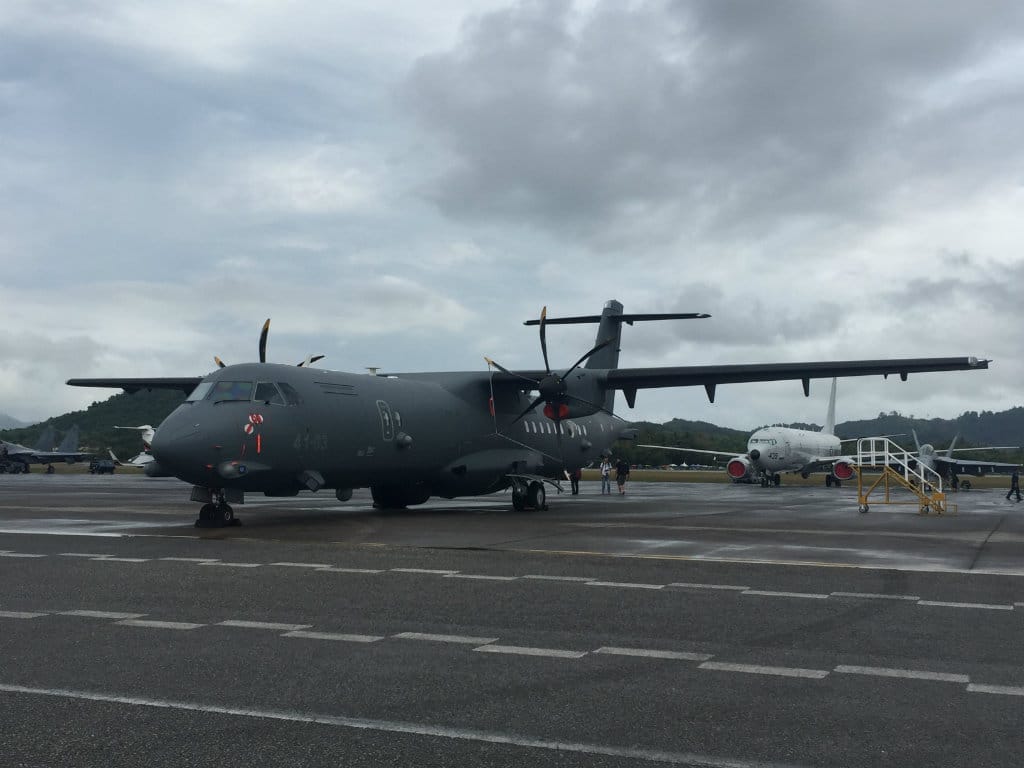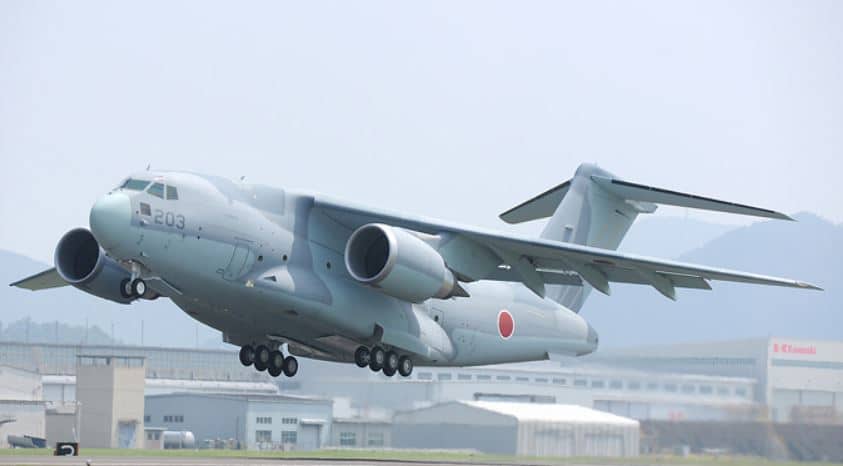3894Views 0Comments

This Week in Review: Technology Transfer & Offsets
India’s defence minister, Manohar Parrikar, is aiming to have India absorb up to 15 billion U.S. in offset work via the Indian armed forces’ numerous defence contracts over the next ten years.
Commercial offsets are essentially investments made on the part of the arms seller to the arms buyer’s country. For example, as part of its $8-9 billion U.S. purchase of 36 Rafales from France, India is expecting upwards of 40-50% of that deal’s value to be re-invested into the Indian economy, which in turn should translate into high value jobs for the Indian private sector.
The Modi government has been leveraging the Indian military’s arms requirements as a means to secure long-term investment for the Indian economy. While direct offsets are dependent on the government’s big-ticket acquisitions, the resulting technology transfers could – at least in theory – result in Indian companies being plugged into the global supply chains of Western arms manufacturers such as Dassault and Boeing. In turn, the Indian economy would continue to accrue economic gains well beyond the initial effect of the government’s purchase – i.e. net positive currency in-flows.
That last aspect is a long-term prospect, one that will not be felt for many years after the completion of the acquisition. However, commercial offsets are an interesting variation or departure from the traditional requests of governments – transfer-of-technology (ToT). Throughout the 1950s to 1980s, countries such as Turkey, Japan, India and others would bind the procurement of arms with a requirement of ToT.
While the extent of ToT would vary with the nature of the purchase (e.g. weapons type), the actual process would end being managed by a state owned enterprise (SOE) – e.g. Hindustan Aeronautics Limited (HAL). The rationale for ToT is typically indigenization and domestic sourcing, with less emphasis on nurturing an arms-length private defence sector. Commercial offsets emphasize the latter (i.e. private sector).
Weighing the value of offsets against ToT is an interesting area of research, especially since the potential economic value of such policies in developing countries has yet to be fully determined. That said, it seems Western defence vendors may prefer issuing offsets in lieu of conventional ToT, especially if it results in them retaining their intellectual property – despite ToT – and being able to capitalize upon cheaper manufacturing as well as labour in the developing world. Turkey and India have been plugged into the global supply chains of Sikorsky’s S-70 Black Hawk and Boeing’s AH-64 Apache, respectively.
On the other end of the spectrum, we have yet to see Pakistan seriously pine for commercial offsets. Yes, there has been a nominal emphasis in recent years to see greater private defence sector growth, but this has yet to translate into concrete investment. A strong method of instigating such investment would be via commercial offsets tied to armed forces acquisitions. There are limiting factors of course, such as the country’s relative lack of industrial and advanced scientific infrastructure, but not all systems are complex.
For example, the Pakistani Ministry of Defence and/or Ministry of Interior could consider binding their purchase of light armoured personnel carriers – e.g. mine-resistant ambush protected (MRAP) vehicles – to offsets. They could be flexible in that the selling company – e.g. (for discussion’s sake) Paramount Group – could set-up a subsidiary in Pakistan (wholly or co-owned with a local entity), just as it has is Kazakhstan.
In fact, Paramount Group (a private South African company) established its Kazakh presence via a firm co-owned with the Kazakh government. Pure private sector entities could rise in the areas of optics for small arms (e.g. reflexive or red-dot sights), precision-guided munitions kits, unmanned aerial vehicles, and small surface vessels (e.g. fast attack crafts and patrol boats). There are numerous opportunities, and in a number of areas, from land forces applications to the seas and air, among others.
For the foreseeable future, Pakistan will largely leverage its acquisitions for traditional ToT, but it may try connecting its SOEs (e.g. Pakistan Ordnance Factories) to hybrid offset agreements vendors buy from SOEs as part of their global supply chains. However, the potential rise of competitors in those SOEs will mean that foreign vendors will be more vary in terms of providing ToT, they would likely prefer engaging private sector entities (especially in developing countries such as Pakistan) through partnerships and investment as a means to strengthen their own offerings to the global market. There are issues to explore as well, such as the lack of transparency defence dealings and the risk of corruption, especially in offset agreements


